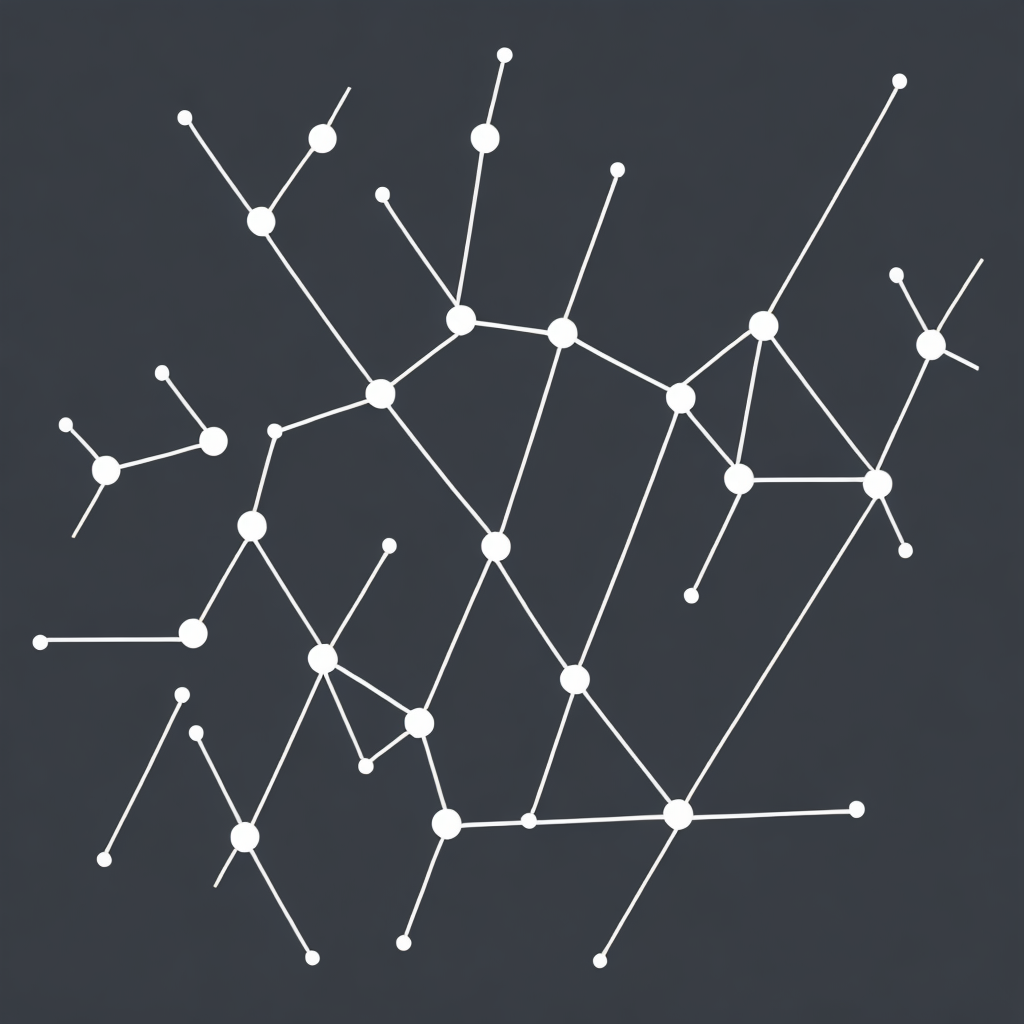Unleashing the Power of Knowledge Graphs: Enhancing Data Understanding and Decision Making in the Digital Age
In the rapidly evolving digital landscape, the ability to understand and make informed decisions from vast amounts of diverse data has become paramount. Traditional data processing has been enhanced with innovative solutions, one of which is the utilization of knowledge graphs. Knowledge graphs, a type of graph database, present a structured representation of data to facilitate efficient extraction of insights, enabling businesses and organizations to make better data-driven decisions. This article delves into the advantages, applications, and implementation strategies of knowledge graphs, highlighting their pivotal role in the digital age.
### Advantages of Knowledge Graphs
**Enhanced Data Understanding**
Knowledge graphs provide a structured context to data, facilitating a deeper understanding of the relationships between entities. By visualizing data in connected, meaningful patterns, they enable users to uncover hidden insights and connections within the data sets, which might not be apparent in tabular form.
**Improved Decision Making**
The ability to quickly access and analyze information can significantly speed up the decision-making process. Knowledge graphs enable businesses to explore data at scale, rapidly updating and refining decisions based on real-time insights and predictive analytics, thus supporting proactive strategies rather than reactionary ones.
**Increased Usability**
Contrary to traditional databases, knowledge graphs are designed with end-users in mind. With intuitive interaction capabilities, users, even those without a strong technical background, can explore data, run queries, and extract meaningful insights, enhancing the overall data accessibility within organizational settings.
### Applications of Knowledge Graphs
**Healthcare and Life Sciences**
In healthcare, knowledge graphs facilitate collaborative research by connecting and visualizing relationships between drugs, diseases, symptoms, and treatments. This comprehensive view can accelerate drug discovery, improve patient outcomes, and enhance personalized medicine efforts.
**E-commerce**
E-commerce platforms use knowledge graphs to understand user behaviors, preferences, and interactions with products. By mapping these relationships, personalized recommendations, predictive demand forecasting, and optimized supply chain management can be implemented to enhance the user experience and business profitability.
**Finance**
In the finance sector, knowledge graphs can help in risk management, fraud detection, and customer relationship management. By analyzing relationships between entities such as transactions, users, and institutions, financial services providers can increase transparency, reduce risks, and improve customer engagement and loyalty.
### Implementation Strategies
**Data Integration**
The first step in leveraging knowledge graphs is integrating diverse datasets, ranging from structured data (like relational databases) to semi-structured and unstructured data (such as text, images, and videos). This requires establishing a common language and schema to seamlessly merge data.
**Ontology Building**
Developing a clear ontology is crucial. An ontology defines the entities, their relationships, and the attributes, helping to ensure consistency and coherence in the interconnected data.
**Querying and Analytics**
With knowledge graphs, advanced querying capabilities and analytical tools are essential. Using SPARQL (SPARQL Protocol and RDF Query Language) or other graph query languages, complex queries can be executed to discover insights and patterns that would be difficult to uncover otherwise.
**Maintenance and Evolution**
Data in knowledge graphs must be continuously updated and re-evaluated to maintain its relevance and accuracy. Implementing automated or semi-automated processes for updating and validating relationships is vital, especially in dynamic environments.
### Conclusion
As technology continues to advance, the power of knowledge graphs is increasingly recognized as a pillar for driving data-driven decisions, enhancing understanding, and fueling innovation. By fostering a more interconnected and data-rich environment, businesses across various sectors can gain competitive advantages, delivering personalized experiences, optimizing operations, and accelerating discovery and decision-making processes in the digital age.
